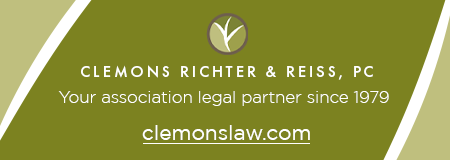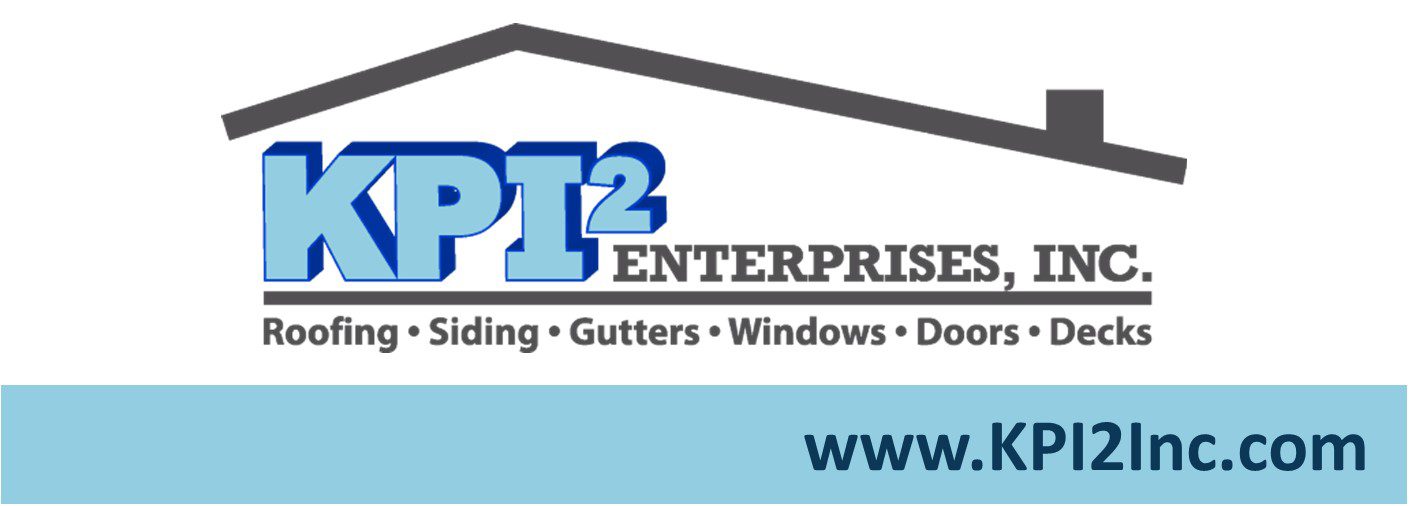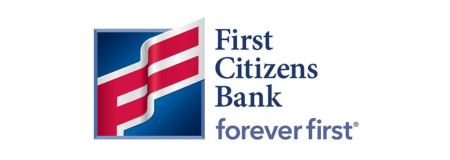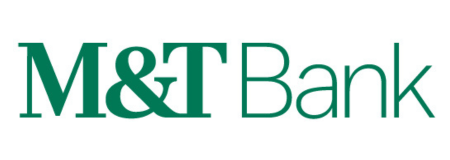Introduction
The board election process is a year-round live process, it is not constrained to the annual meeting. Board members retire or are asked to submit their resignation prior to ending their term, and there is a need to fill in the vacancy. To facilitate the understanding, let’s break it down into phases: before, during and after the annual meeting. As in any other successful initiative, the more we plan, the less we have to run around putting out fires.
I. Before the annual meeting
Recruitment
Potential members can be recruited mainly from two sources: committee volunteers and homeowners with time and talent to share that you encounter all year around. Take advantage of every opportunity to spread the seeds of volunteerism and the concept of greater good.
Reread the ByLaws
This document usually outlines the process we must follow, specifically dates, notices and members. Some of the older documents are silent regarding members ‘in good standing’ to run or vote. Be aware of the recent amendment of the UPCA and UCA Acts, revoking privileges when homeowners are delinquent or in violation of the rules and regulations. Pay particular attention to the wording or requirement concerning “Nominations from the Floor.”
Location
Some communities do not have clubhouses so it will be imperative to secure a location at least three to four months ahead of time.
Notices
Considering that time is precious, we want to remind the homeowner of the importance of their participation while not saturating them with notifications.
A communication system that has been effective:
- Forty-five days before the meeting, send out the general notice attaching a candidate sheet with a deadline to submit the nominations. It is suggested to have two or three specific questions on the candidate sheet rather than just a blank format, in order to have an objective comparison of skills.
Note: If the current Board has a Code of Ethics, attach it to the candidate sheet and have them sign it as well, making it part of the nomination process.
- Thirty days before the meeting, send out the ballots/proxies attaching the candidates’ information and the deadline to return them (normally accepted up until the same day of the annual meeting).
- Fifteen days before the meeting, send out the agenda with a final notice of location, date and time of the meeting, parking instructions, etc.
- Seven days before the meeting, send out a brief reminder. Emphasize need to meet quorum requirement to hold the meeting = ask for proxies to be sent to you if unable to participate at the meeting.
Special guests
If your community has no challenges or capital improvement projects going on, most likely your meeting will be done within an hour, congratulations! If your community is going through a capital improvement project, feel free to invite the business partner to respond to specific questions about the project and include them on the agenda. Should you anticipate any difficulties, or your community has unique regulations or challenges, be sure to have the association’s attorney involved. If you know for sure there will be problems, invite the Chief of Police, all kidding aside. Better safe than sorry!
II. During the annual meeting
Set up
Arrive early and make sure the setup is conducive to doing business. Make sure to have the governing documents, owner list, that day’s delinquency report, sign-in sheet, pens, your business cards and a tally sheet. Bring extra copies of: ballot, agenda, budget, latest newsletter, and the latest balance sheet and P&L.
It is the board’s turn to shine! Board President calls the meeting to order, makes all introductions and offers a synopsis of the year’s accomplishments. Board Treasurer speaks of the financial status of the association. If any other specific topic needs to be addressed with the members, make sure another board member takes their turn at the podium. Let them be seen and heard by their neighbors.
Right after Introductions, candidates seeking a position with the board, should be given 3 to 5 minutes to address the audience. If “Nominations from the floor” are mandated in your documents, call out for candidates. Close nominations, collect voting ballots and give them to the Tellers for tallying purposes.
Tellers
Provide the tellers with a list of owners by last name, marking those delinquent accounts that cannot vote and a tally sheet. Once the ballots are counted, results are given to the board president for announcement to the audience.
Thank you
The annual meeting is the perfect time to recognize volunteers. Take this opportunity to thank committee and board members that have completed their term. Some communities give out plaques, watches, certificates, all kind of fun items, but the single most important element to consider is public recognition and sincere gratitude.
III. After the annual meeting
Minutes
The Secretary should take the minutes to be posted/shared at a later date. These minutes are purely informational, no need to have them approved.
Organizational Meeting
It is easier to conduct the organizational meeting right after the annual meeting, it will take three to five minutes. If the board of directors prefers to wait, double check the Bylaws for any specific date or conduct at the next regularly held monthly meeting.
Thank you
Take the time to thank the nominees that did not make it to the final round and encourage them to volunteer on a committee. It is a way of having them engaged and keep the enthusiasm and interest to serve the community.
Training
The new board members should receive copies of the governing documents, budget, reserve study, management reports of at least the three last meetings and whole year’s set of minutes. If they are new to community governance, CAI has multiple resources from Introduction to Community Living, Role of the Board of Directors, and Rights and Responsibilities to mention a few.
Recruitment
Start looking for the next volunteers.
Last but not least, one piece of advice: suggest your board members to become CAI members AND take the Educated Board Member Program. It is the manager’s responsibility to procure a successful environment, where all team players are consistently and systematically trained, with a shared vision to build better communities.
Prepared by
Maria Elena Solis, CMCA, AMS, Community Manager
PENCO Management, Inc.

















